Conquer the toughest challenges with the MAC AFRIC EWX 10000U 12V Heavy Duty Winch – your ultimate companion for off-road adventures! Boasting a robust rated line pull of 4,536 kg (10,000 lbs) at 5.3 meters and 2,571 kg (5,668 lbs) at 26 meters, this winch delivers powerful performance to overcome any obstacle in your path. Powered by a reliable 12V Series Wound motor with an input of 4.3 KW / 5.8 HP and an output of 2.3 KW / 3.1 HP, along with a gear reduction ratio of 230:1, this winch ensures smooth and efficient operation while its 26-meter cable length allows you to tackle various recovery tasks with ease. Elevate your off-road experience with the MAC AFRIC EWX 10000U 12V Heavy Duty Winch and embark on thrilling adventures with the confidence of unstoppable power!
| Attribute Label | Value | |||||||||||||||||||||||||||||||||
|---|---|---|---|---|---|---|---|---|---|---|---|---|---|---|---|---|---|---|---|---|---|---|---|---|---|---|---|---|---|---|---|---|---|---|
| Cable Diameter | 9.2 MM (3/8″ IN) | |||||||||||||||||||||||||||||||||
| Cable Length | 26 M (85″ IN) | |||||||||||||||||||||||||||||||||
| Gear Reduction Ratio | 230:1 | |||||||||||||||||||||||||||||||||
| Line Speed | 1.9 – 6.3 M/MIN | |||||||||||||||||||||||||||||||||
| Motor Specifications | 12V:Input: 4.3 KW / 5.8 HP; Output: 2.3 KW / 3.1 HP | |||||||||||||||||||||||||||||||||
| Motor Type | Series Wound | |||||||||||||||||||||||||||||||||
| Mounting Bolt Pattern | 10 “Ã4.5 ” (254mmÃ114.3 mm) 4-M10 | |||||||||||||||||||||||||||||||||
| Mounting Dimensions | 25.4 x 11.4 MM | |||||||||||||||||||||||||||||||||
| Package Height (cm) | 33.00 | |||||||||||||||||||||||||||||||||
| Package Length (cm) | 32.00 | |||||||||||||||||||||||||||||||||
| Rated Line Pull | 10000 lbs (4536 kgs) | |||||||||||||||||||||||||||||||||
| Specifications Description | #html-body [data-pb-style=NIP0EA7]{justify-content:flex-start;display:flex;flex-direction:column;background-position:left top;background-size:cover;background-repeat:no-repeat;background-attachment:scroll}
Pull, Speed, Amperes, Volts (First layer):
Line Pull And Rope Capacity In Layer:
Series wound electric motors and permanent magnet electric motors have different characteristics and applications, each with its own set of advantages. Here are some advantages of a series wound electric motor compared to a permanent magnet electric motor:
It’s important to note that the choice between a series wound motor and a permanent magnet motor depends on various factors including the specific application requirements, cost considerations, efficiency needs, and environmental factors. Each type of motor has its own advantages and disadvantages, and the optimal choice will vary depending on the particular application and performance criteria. |

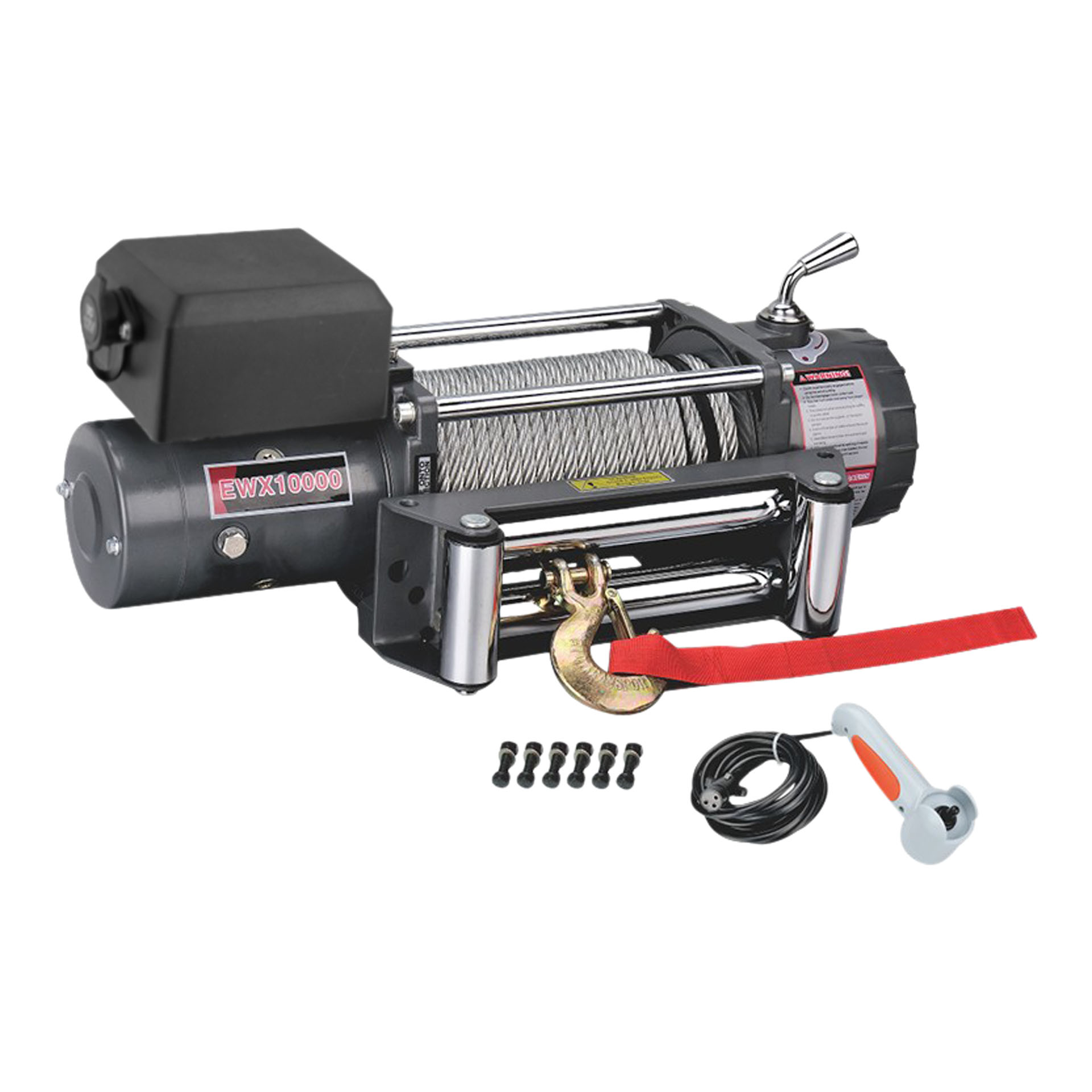

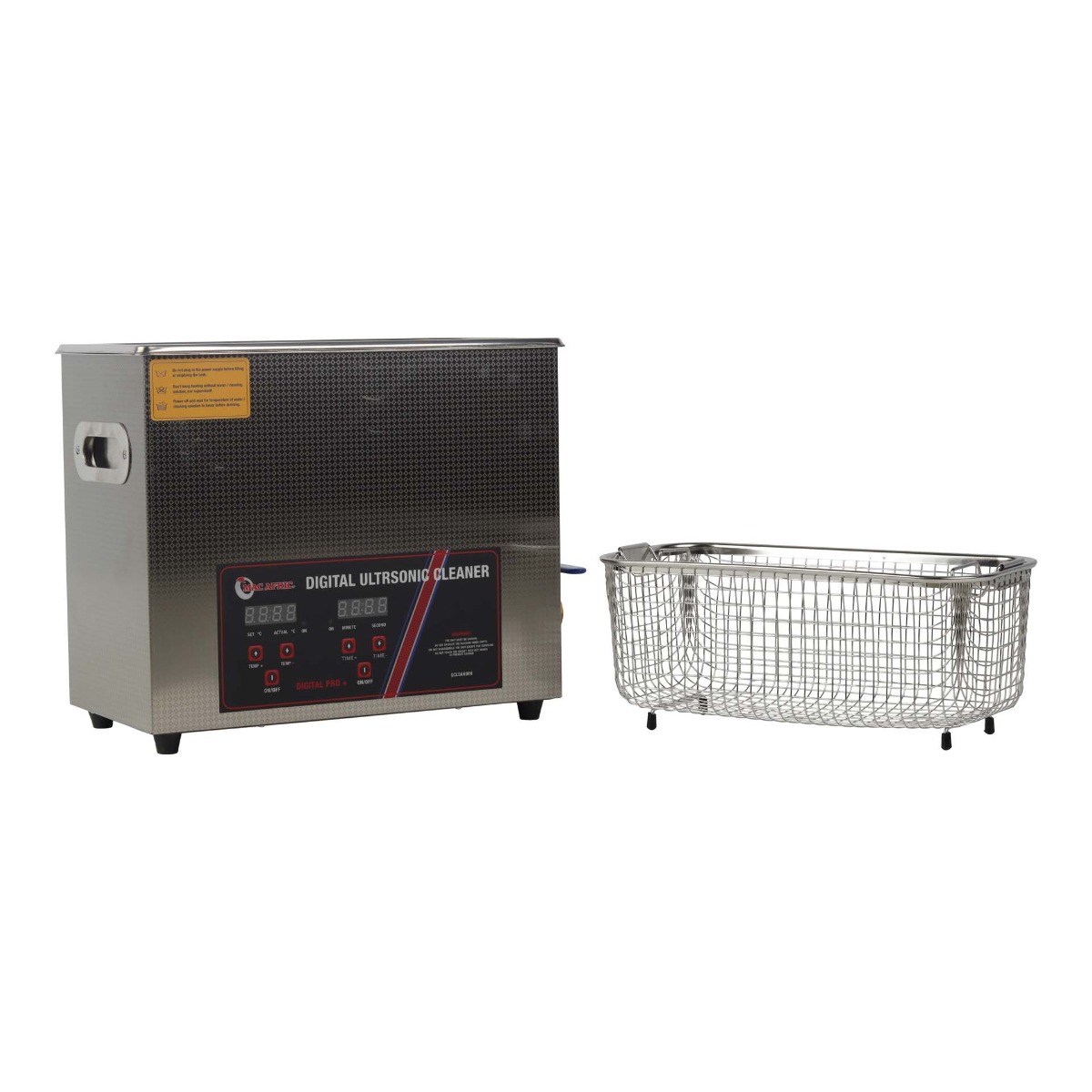
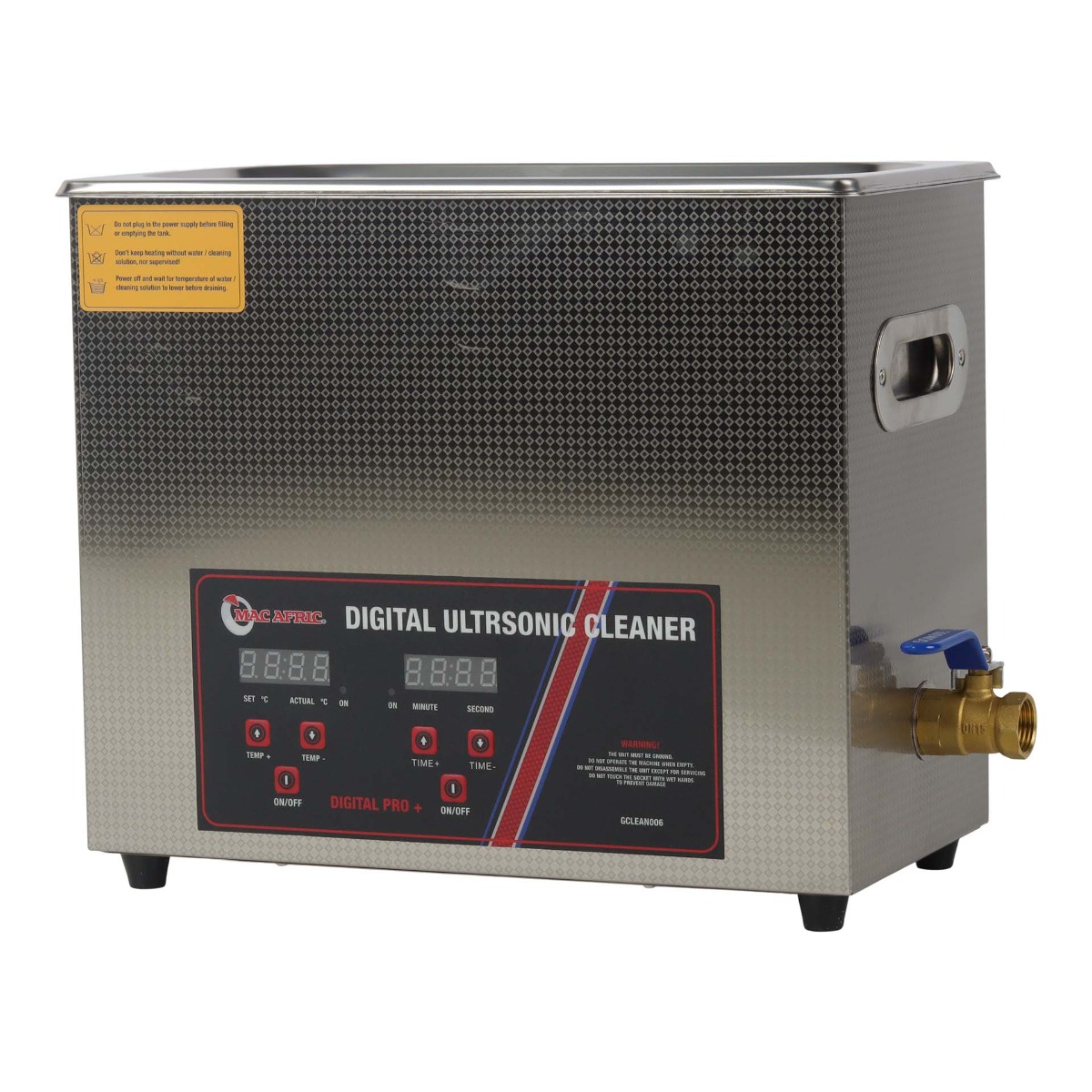
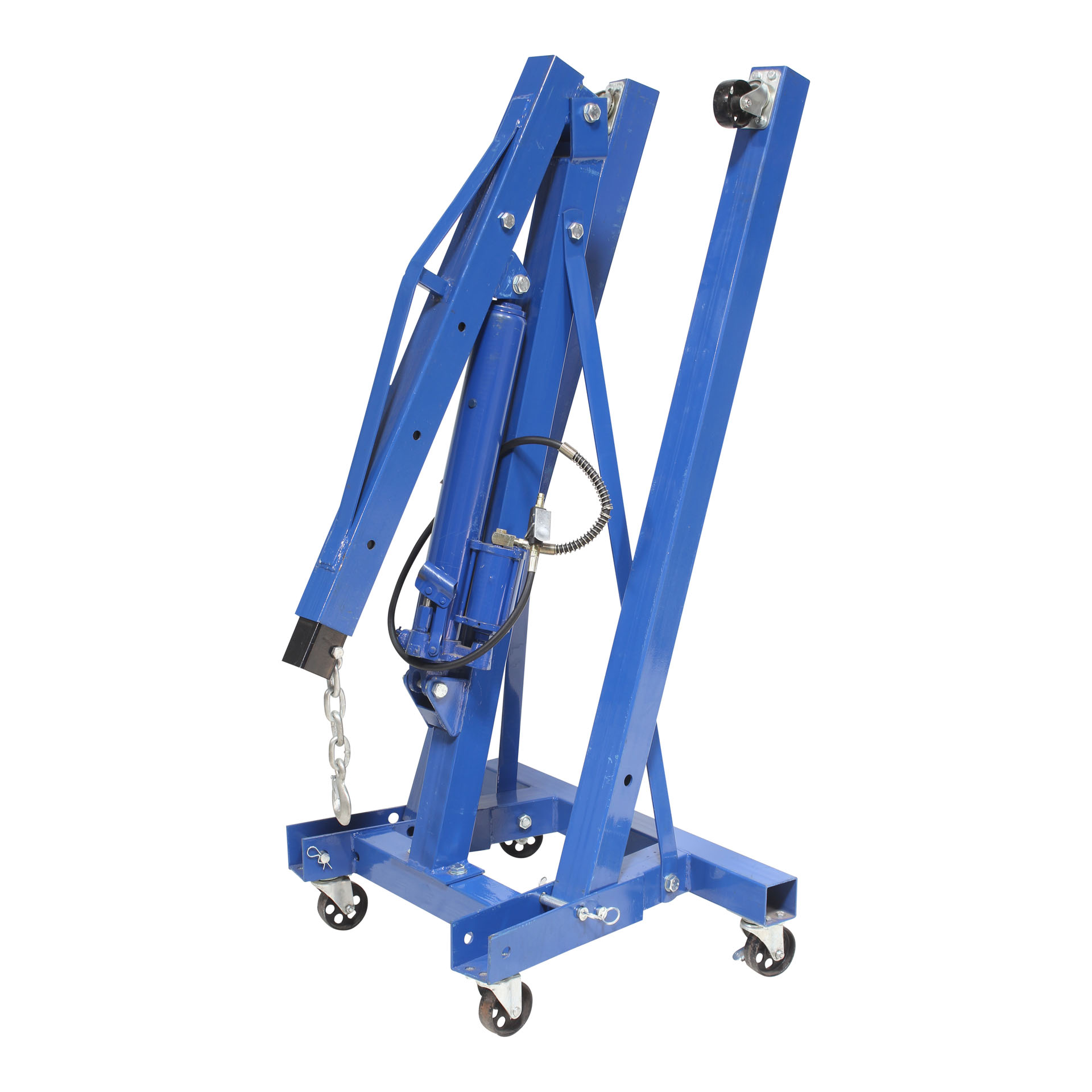
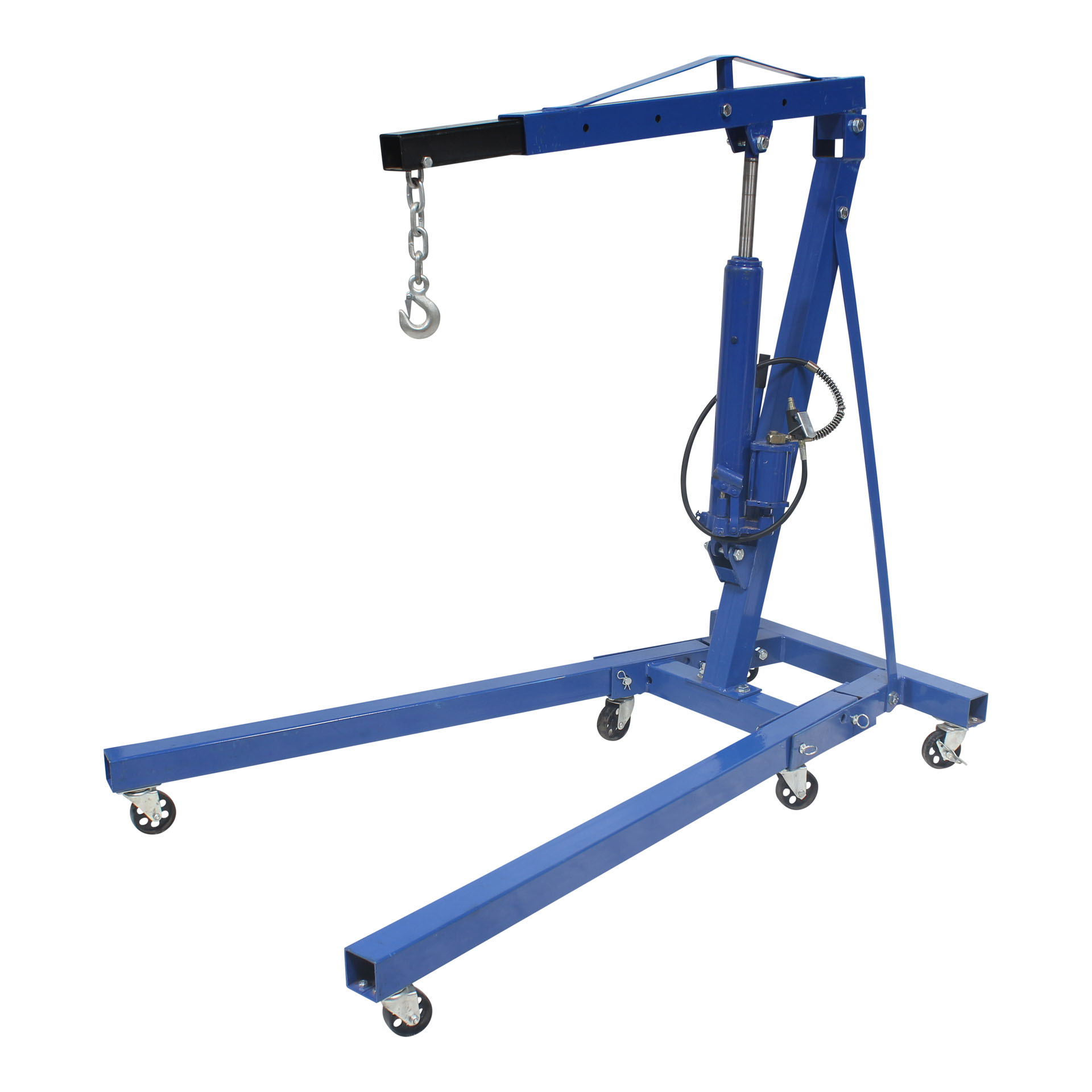
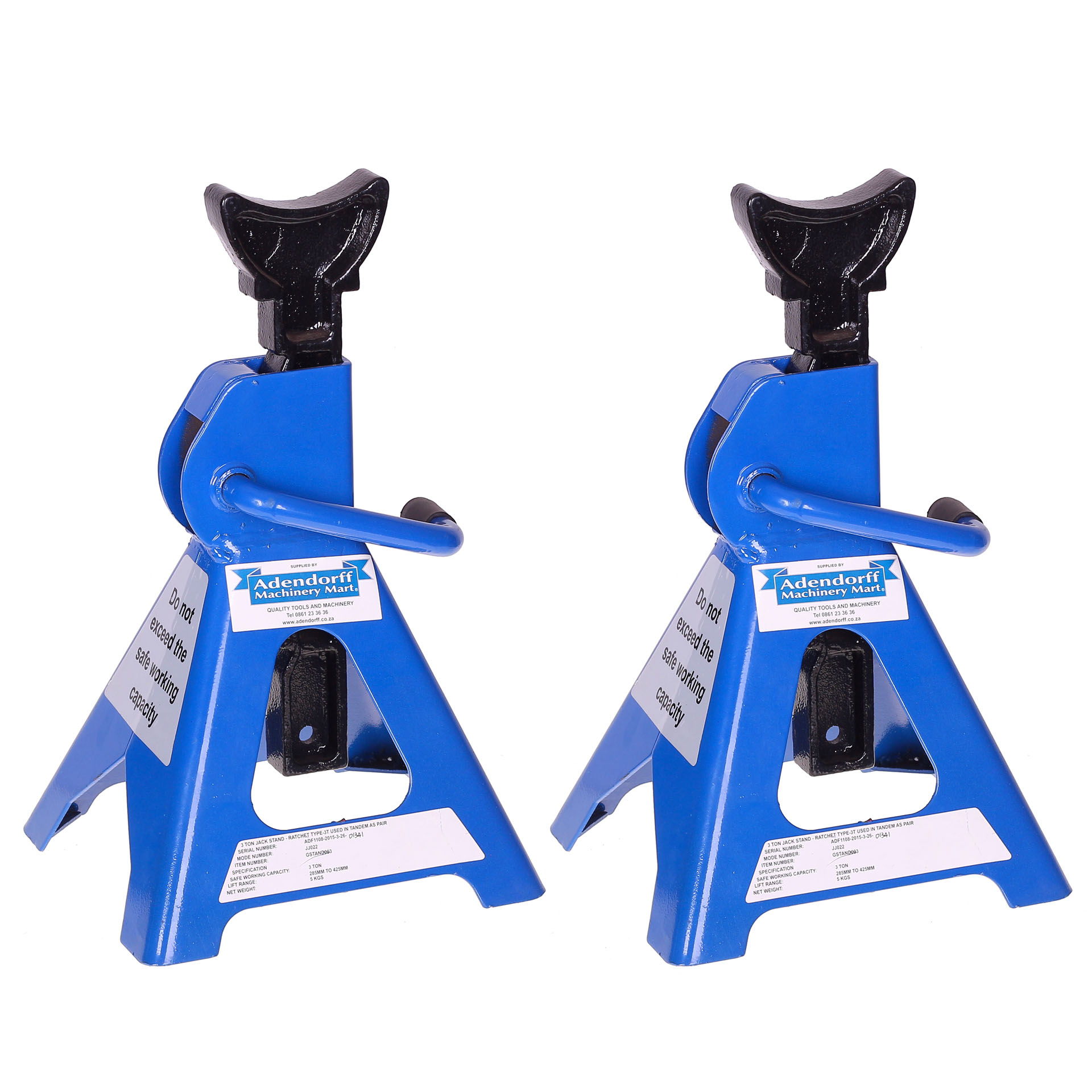
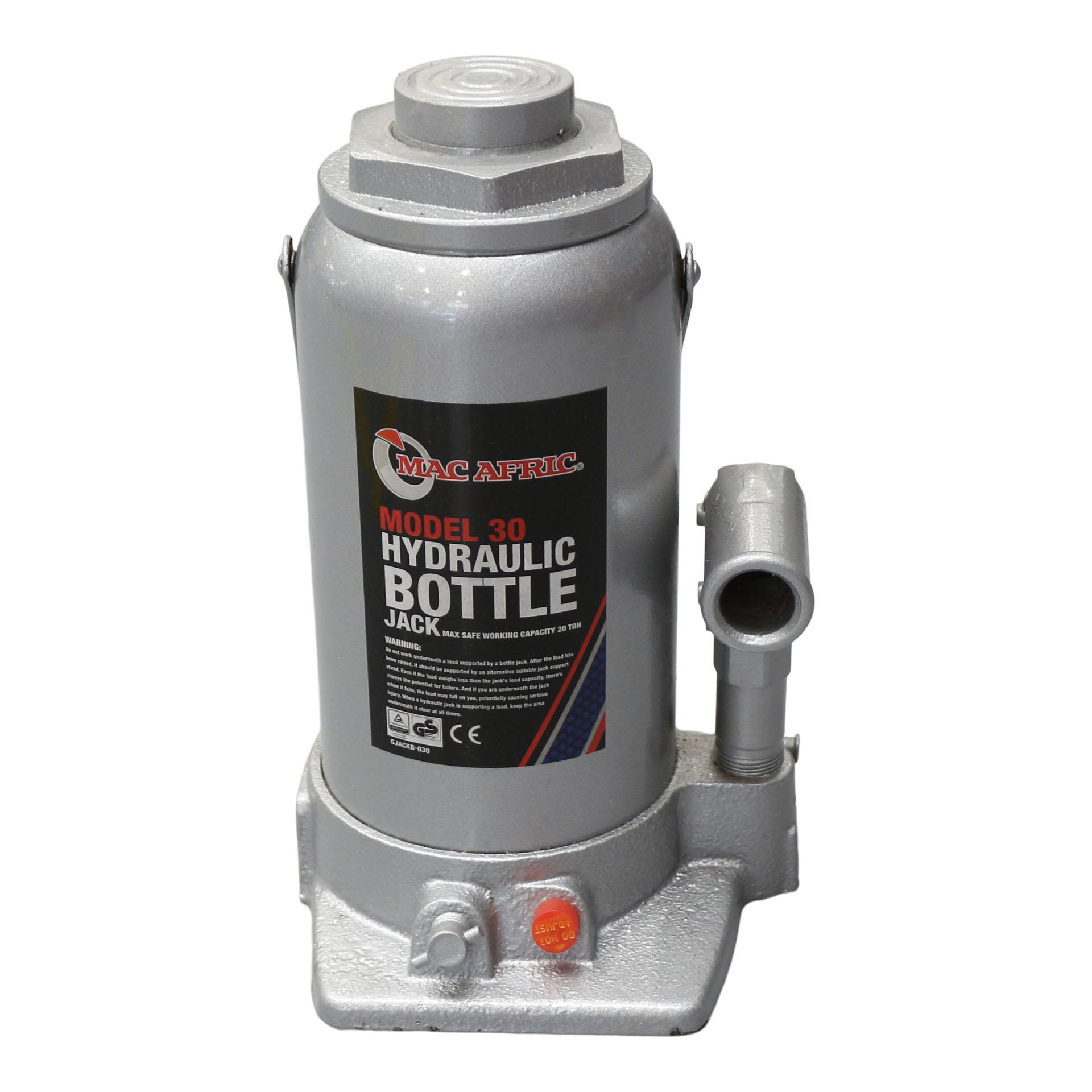
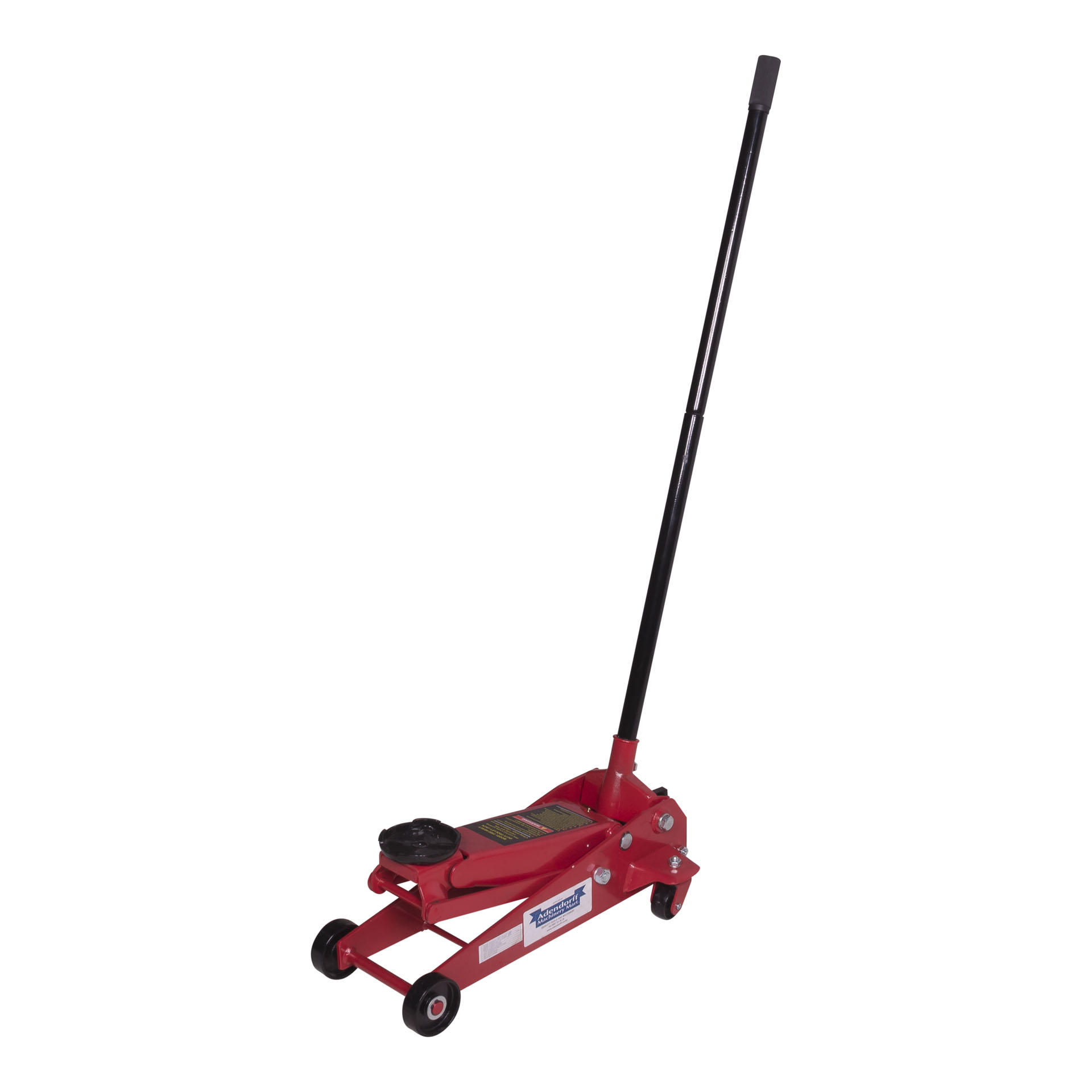
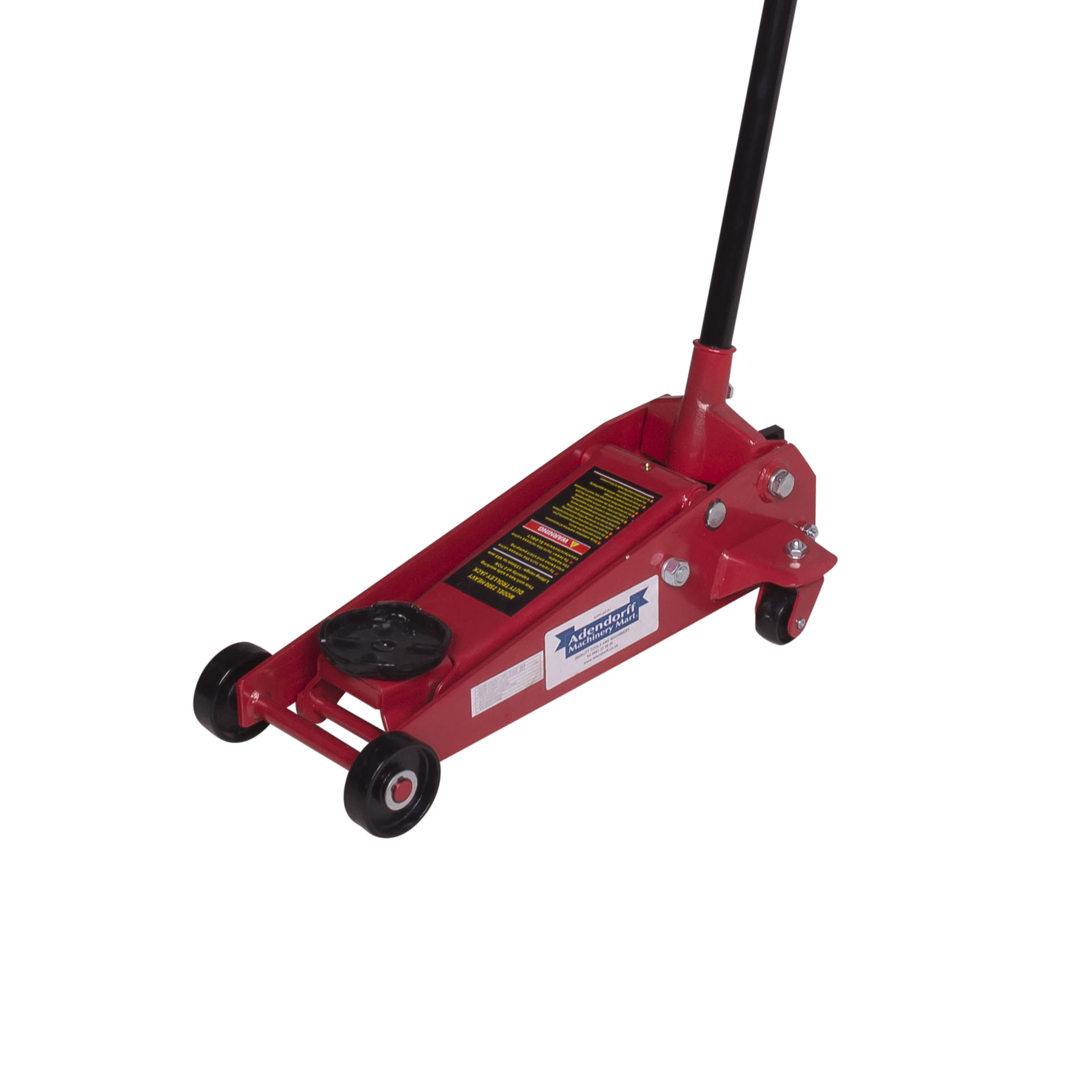
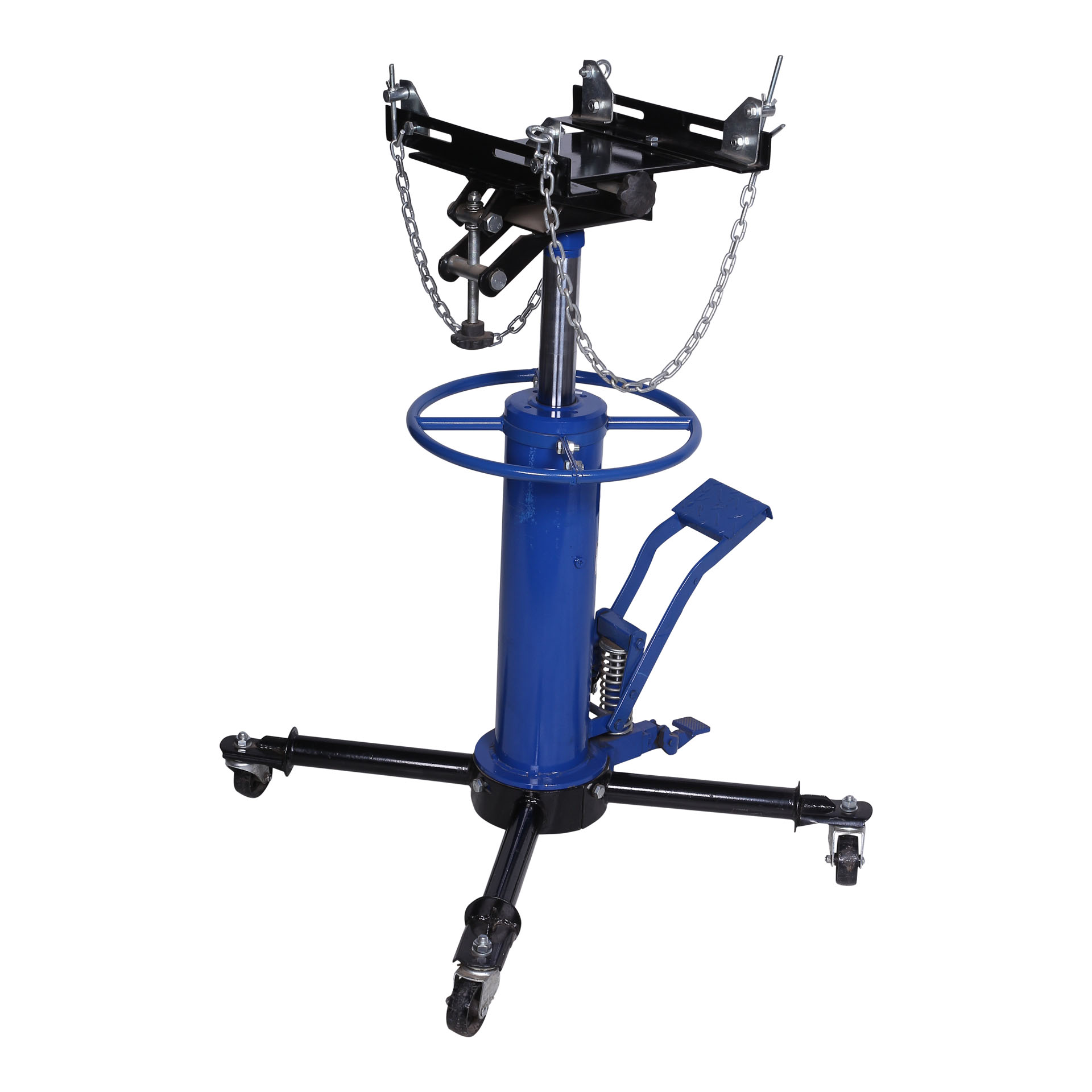
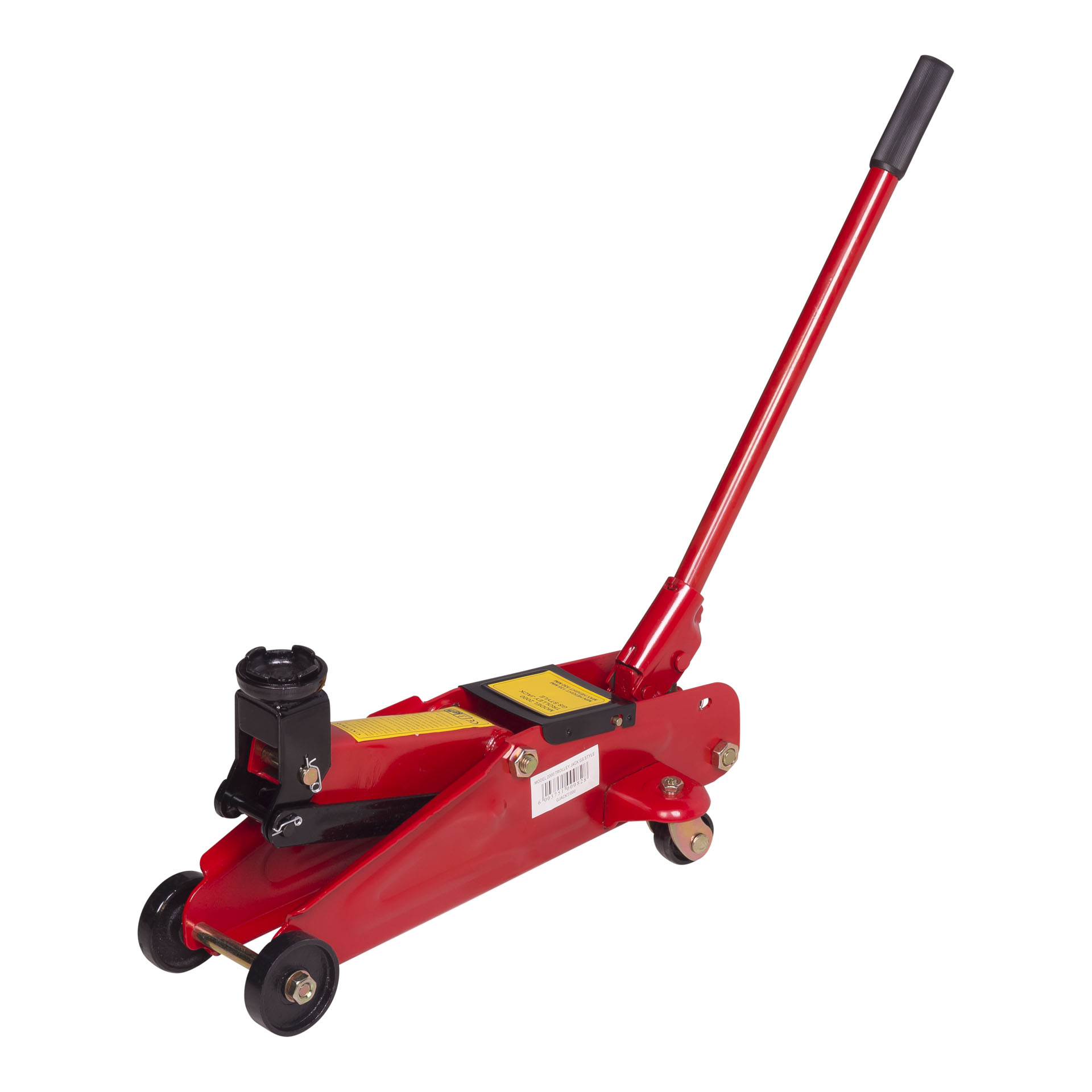
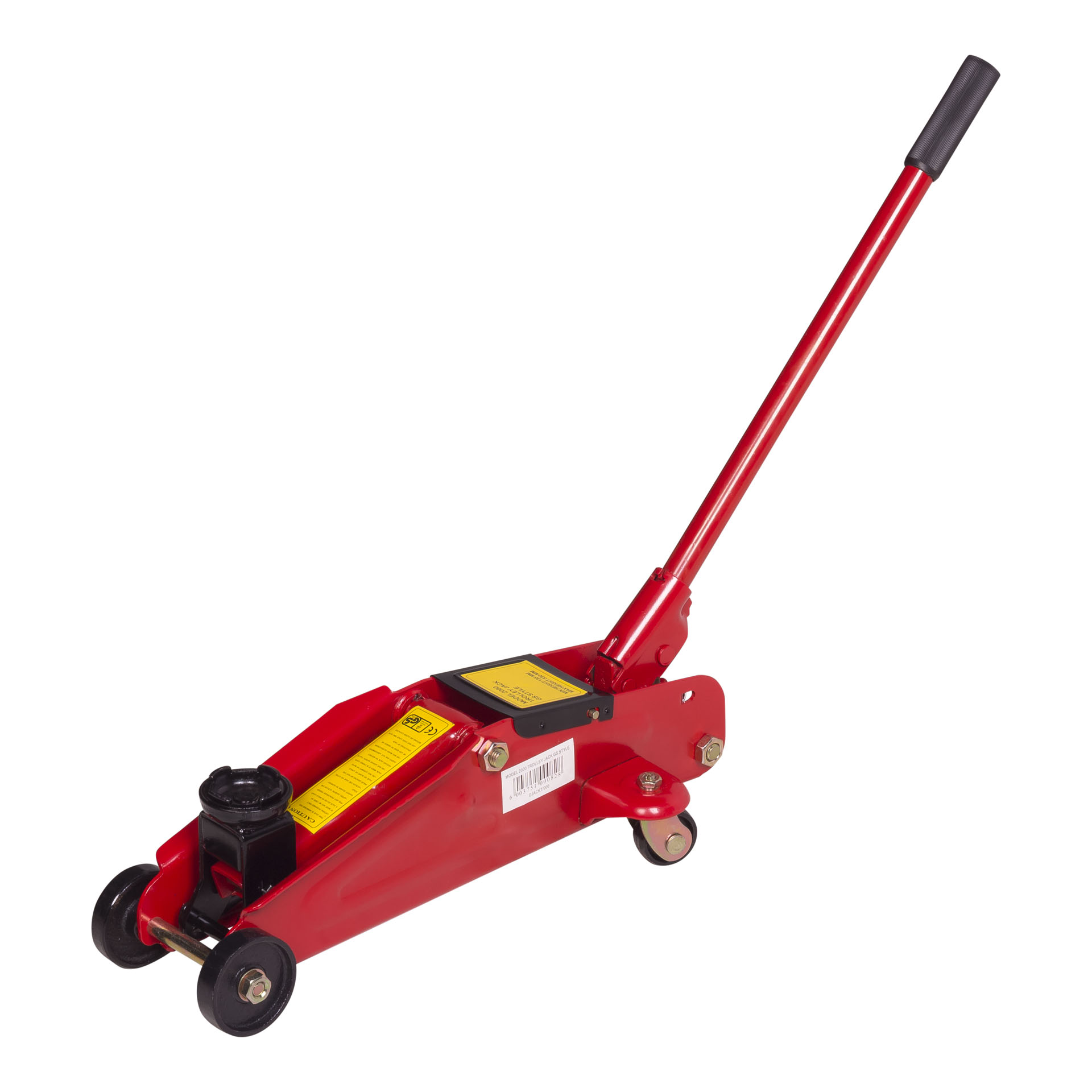
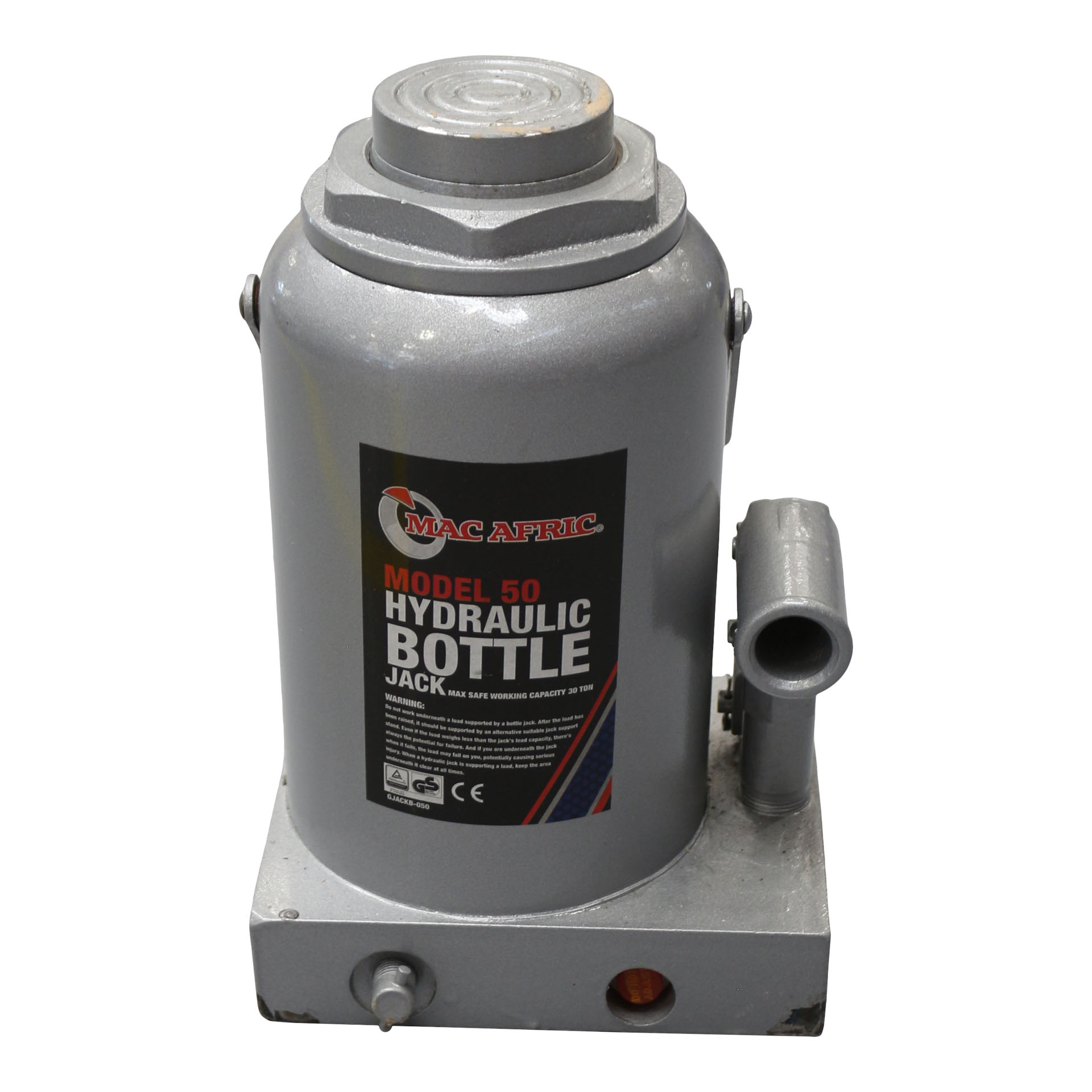
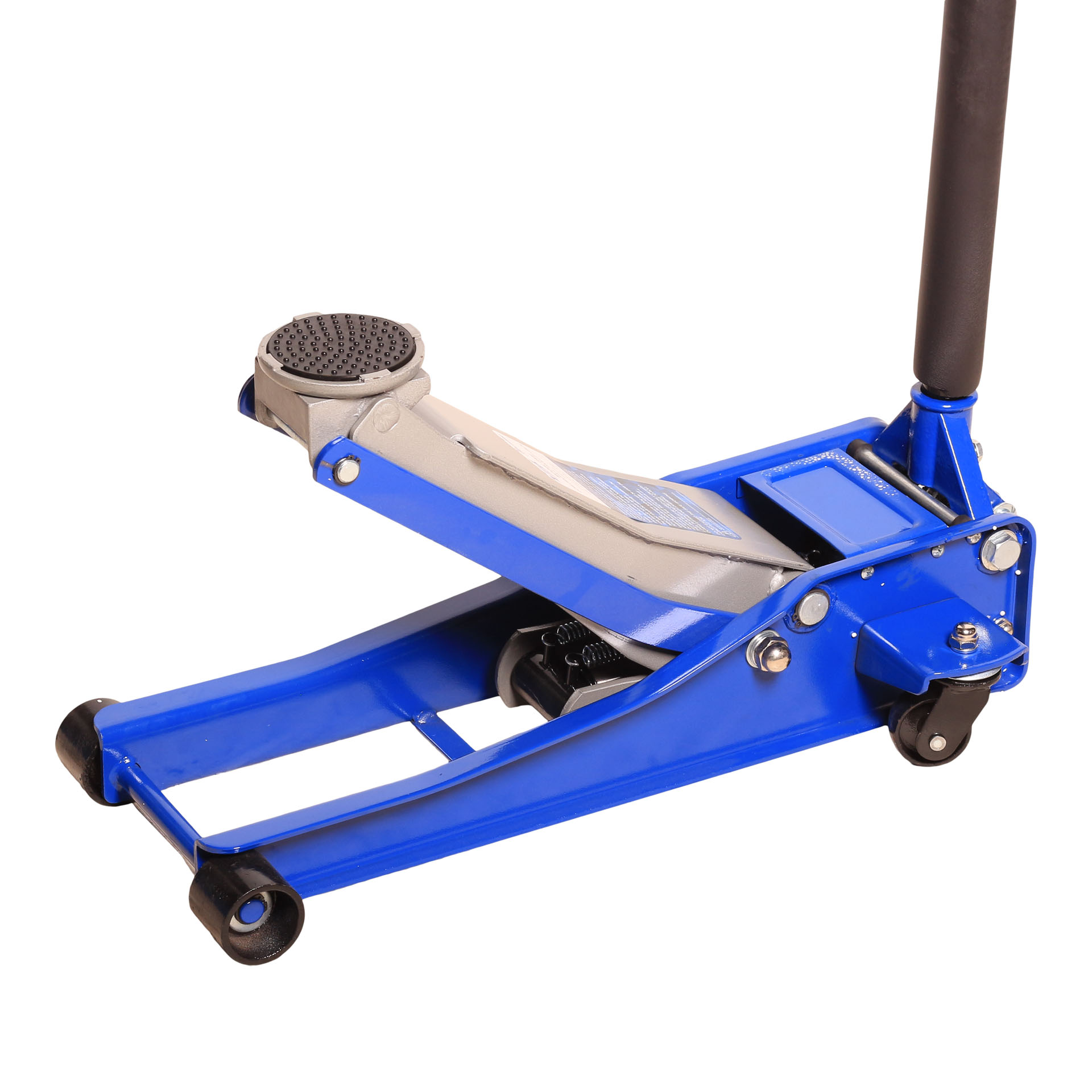
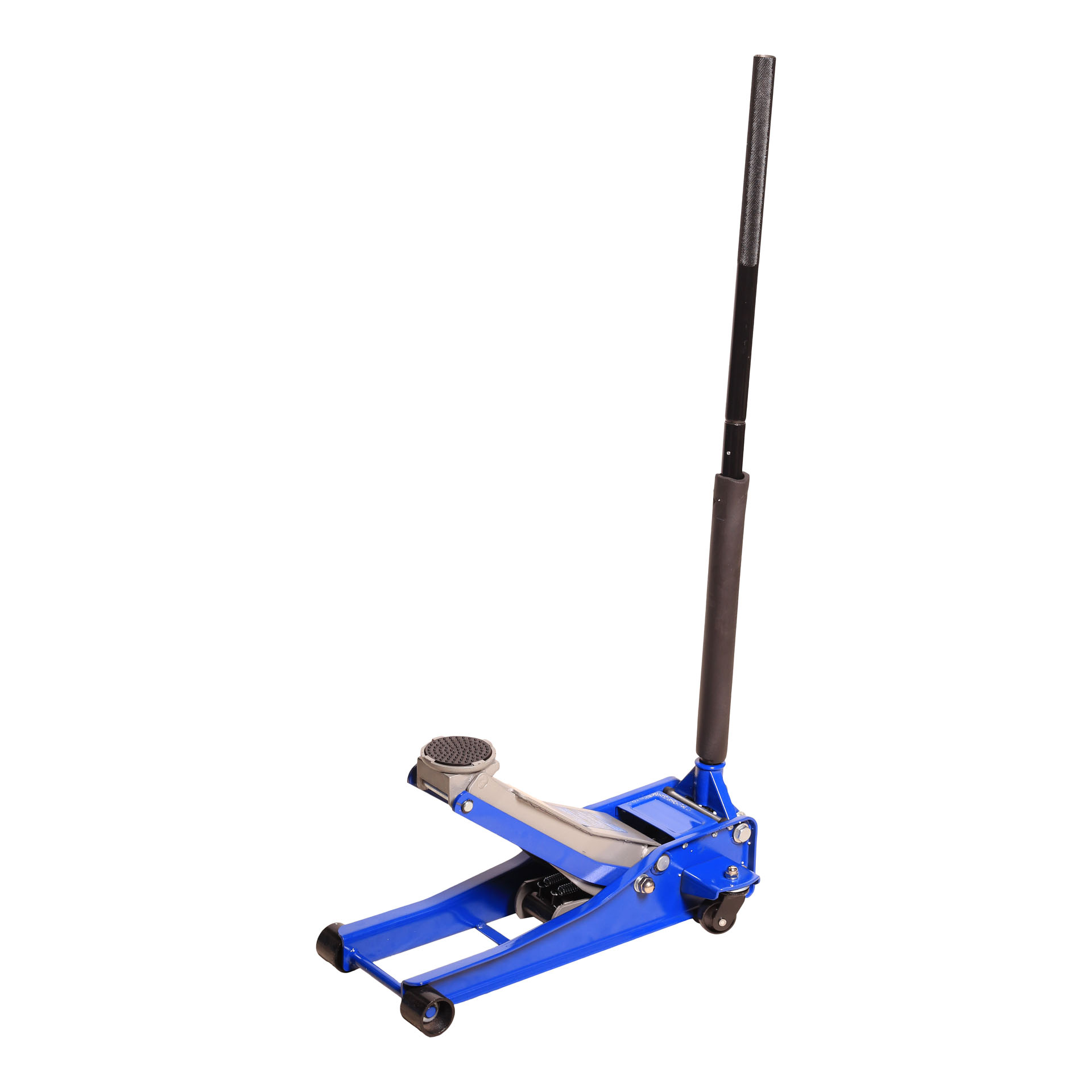
 No products in the cart.
No products in the cart.
Reviews
There are no reviews yet.